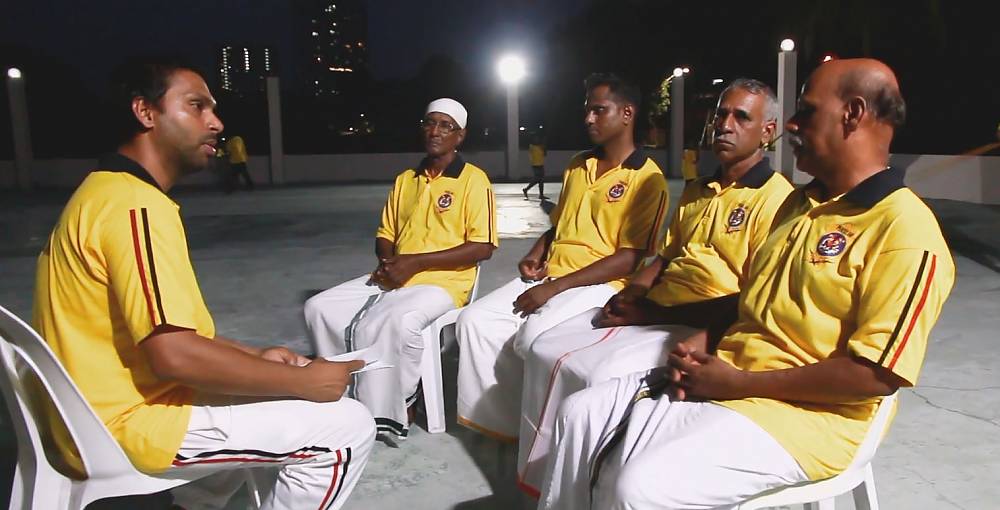Kumar Munieswaran (left on the picture), a young martial art practitioner, member of the Nillaikalakki Silambam Association in George Town, Malaysia is one of the 30 local facilitators trained by UNESCO to inventory their living heritage. Once trained, Kumar interviewed the Grandmasters and members of his association to document the traditional Tamil martial art, which has been practiced by the community for centuries.
Together with Kumar, representatives from 37 communities from the historic center of George Town in Malaysia, UNESCO’s World Cultural Heritage Site, participated in capacity-building and pilot inventorying activities organized by UNESCO as part of the project ‘Intangible Heritage and Creativity for Sustainable Cities’ from January to June 2019.
More than 20 cultural associations from the historical city center took part in the pilot inventorying exercise. They documented over 65 elements, including rituals, festivals and festive events, which play a vital role in sustaining the local economy and strengthening social cohesion in the city. These were integrated into an intangible heritage inventory, which was established by the project and will serve as a basis for further inventorying activities in other cities of Malaysia.
While the first phase of the pilot project, which included George Town (Malaysia), Kingston (Jamaica) and Harare (Zimbabwe), is in its final stages, three more cities have been defined for the second phase. Ayacucho (Peru), Tbilisi (Georgia) and Irbid (Jordan) are finalizing the plans and their capacity building activities should kick-off in September this year. The project ‘Intangible Heritage and Creativity for Sustainable Cities’ is implemented thanks to the generous support of the Yong Xin Hua Yun Cultural Industry Investment Group Co. Ltd.
Project:
-
Community-based inventorying of intangible heritage in urban areas (1 January 2018 – 1 December 2021)
